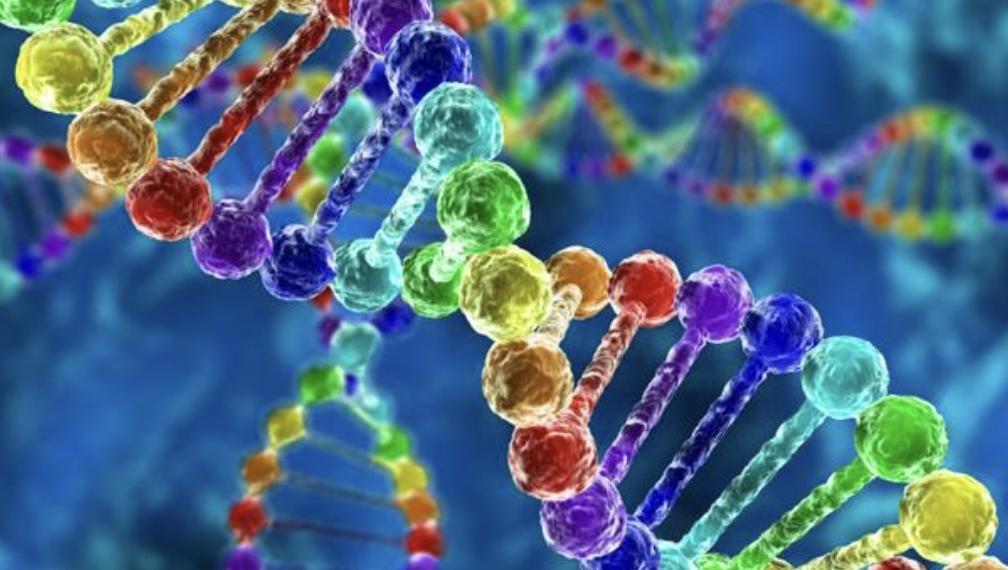
Gene Editing Offers Solution to Saving Endangered Species: Study
The world is facing a biodiversity crisis, with many species on the brink of extinction. According to the International Union for Conservation of Nature (IUCN), over 27,000 species are threatened with extinction globally. The loss of biodiversity not only has ecological consequences but also affects human well-being and the planet’s health. In the face of this crisis, scientists have been exploring innovative solutions to save endangered species. A recent study suggests that gene editing technologies, similar to those used in agriculture, could be a game-changer in the conservation of endangered species.
The study, published in the journal Science, highlights the potential of gene editing to restore lost genetic diversity and prevent harmful mutations in endangered species. The researchers used the example of the pink pigeon, a bird species that was brought back from the brink of extinction using gene editing technology.
The pink pigeon is a species of pigeon that is native to Mauritius, an island nation in the Indian Ocean. In the 1990s, the species was declared extinct due to habitat destruction and the introduction of invasive species. However, in 2000, a small population of pink pigeons was rediscovered, and conservation efforts were launched to save the species.
One of the major challenges facing conservation efforts is the loss of genetic diversity within a species. When a population is small, the genetic diversity is also reduced, making it more difficult for the species to adapt to changing environmental conditions. Gene editing technology, also known as genome editing, involves making precise changes to an organism’s DNA to introduce desirable traits.
In the case of the pink pigeon, scientists used gene editing to introduce a protein that would help the birds adapt to the changing environment. The protein, called CCR5, is responsible for recognizing and responding to the SARS-CoV-2 virus. By introducing this protein into the pink pigeon population, scientists hoped to improve the birds’ immune system and increase their chances of survival.
The results of the study were impressive. The gene-edited pink pigeons showed improved immune function and increased survival rates compared to the non-edited birds. The study also found that the gene-edited birds were better able to adapt to changing environmental conditions, such as extreme temperatures and humidity.
The implications of this study are significant. Gene editing technology could be used to restore lost genetic diversity in endangered species, making them more resilient to environmental change. This could be particularly important for species that are facing extinction due to climate change, habitat destruction, or other human activities.
In addition to restoring genetic diversity, gene editing could also be used to prevent harmful mutations in endangered species. Harmful mutations can arise due to genetic drift, where chance events lead to the loss of beneficial traits. Gene editing technology could be used to identify and correct these mutations, ensuring that endangered species are better equipped to adapt to their environments.
The potential applications of gene editing in conservation are vast. The technology could be used to restore endangered species, such as the bald eagle, the gray wolf, and the mountain gorilla. It could also be used to prevent the extinction of species that are currently threatened, such as the Sumatran rhino and the Amur leopard.
However, the use of gene editing in conservation is not without its challenges. There are concerns about the potential unintended consequences of gene editing, such as the introduction of invasive species or the alteration of ecosystem processes. There are also ethical concerns about the use of gene editing in conservation, particularly when it involves altering the natural traits of a species.
Despite these challenges, the potential benefits of gene editing in conservation are significant. The technology offers a transformative solution to the problem of extinction, and it has the potential to make a real difference in the conservation of endangered species.
In conclusion, the study on gene editing and endangered species offers a promising solution to the problem of extinction. The technology has the potential to restore lost genetic diversity, prevent harmful mutations, and improve the survival rates of endangered species. While there are challenges to be addressed, the potential benefits of gene editing in conservation are significant, and it is an area that requires further research and exploration.
Source:






